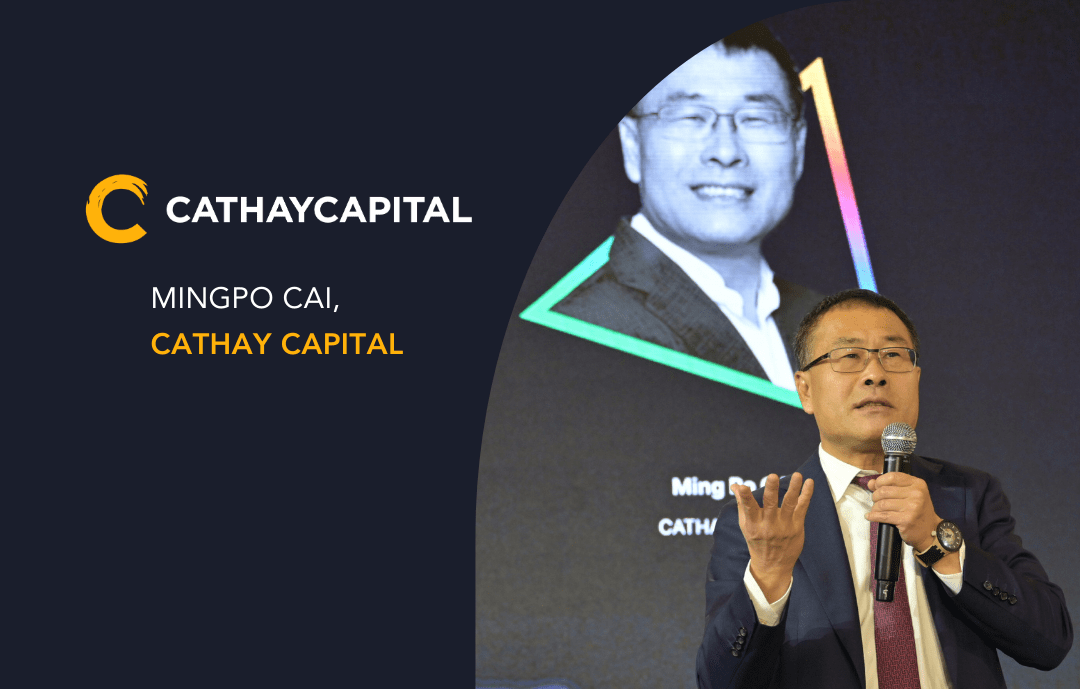Private equity fundraising was tough sledding in 2024, as it had been for much of the two previous years.
With more than 3,700 funds active in North America, capital raised totaled $385 billion at the end of September, down 15 percent from a year earlier, according to Buyouts data. Fund closings also fell, as they have consistently since 2022.
Some expect a slightly better fundraising market in 2025, though perhaps not a return to peak levels of growth, which must await an improved supply-side in the form of more liquid LPs. This in turn is contingent on healthier exit and distribution volumes.
Despite this now familiar picture, fundraising news is not all bad. Overall, flows of capital into private equity remain quite high, while an increasingly diverse LP base continues to hold an optimistic outlook on the asset class and its ability to perform.
In addition, while large and established GPs are thought to have an edge in today’s fundraising environment, there were many examples of newer, smaller and lesser-known firms also persevering against headwinds during the past 12 months.
In the following, Buyouts highlights a few of the private equity funds and themes it believes helped define market activity in 2024.
Not as mega
The top funds of 2024, among them Silver Lake’s Fund VII, Vista Equity Partners’ Fund VIII and New Mountain Capital’s Fund VII, dominated capital raising. But, taken as a whole, they were also smaller than the top funds of prior years, likely owing to a few missed targets and more conservative target-setting on the part of GPs.
To illustrate: the 10 largest private equity funds closed so far this year average $12.7 billion in size, according to Buyouts data, compared with $17.8 billion averaged in 2023.
Impetus
A liquidity crunch dogging many LPs and GPs is encouraging both to tap into the secondaries market. This may be giving impetus to global fundraising, which jumped in the third quarter, affiliate title Secondaries Investor reported, led by HarbourVest Partners’ $15.1 billion Dover Street XI, closed above a $12 billion target.
Helping to drive activity is a new crop of secondaries funds focused on GP-led opportunities, such as continuation vehicles. An example is TPG’s debut GP solutions fund, wrapped up this year at $1.86 billion.
On top
After going through a rough patch, growth equity is back and in the spotlight. In KD Advisory’s 2025 Institutional Investor’s Private Equity Survey, LPs ranked US growth capital at No. 1 in a list of global private equity sectors, tying with US mid-market buyouts, a longtime favorite.
This might explain the rapid fundraising of a 12th flagship vehicle of growth equity pioneer Summit Partners. Launched in April, the fund closed in about five months at $9.5 billion, ahead of a $9 billion target.
Mid-cap madness
Mid-market investing is currently all the rage due to its outsized return potential, among other qualities. This is encouraging LPs like California Public Employees’ Retirement System and New York State Teachers’ Retirement System to move downmarket and allocate more capital to dedicated funds.
This year’s beneficiaries seem to include Berkshire Fund XI, Cortec Group Fund VIII, Jordan Company’s Resolute Fund VI, Kinderhook Capital Fund VIII, KKR’s Ascendant Fund, Monomoy Capital Partners V, Sterling Group Partners VI and Wind Point Partners X. All exceeded their targets.
On the road
Longer capital raising timelines, which rose to a high of 18 months at the end of September, have imposed major problems for GPs, including forcing some to trim their fund targets.
But apparently not everyone is in a hurry. Blackstone, for example, launched a ninth flagship buyout fund in early 2022, edged past its $20 billion target this year, and is still going. The private equity giant took the same approach with its ninth secondaries vehicle, which last year secured a record $22.2 billion.
First-timers
Today’s fundraising conditions are especially brutal for emerging managers. Indeed, challenges have caused a big drop in the percentage of new firms that are actively raising funds, according to Buyouts Emerging Manager Survey 2024, conducted in partnership with Gen II Fund Services.
However, some first-timers, such as Coalesce Capital, Grafine Partners, Lone View Capital and Valeas Capital Partners, succeeded in breaking through this year. Another was Hunter Point Capital, a new GP stakes player, which closed its debut fund at a whopping $3.3 billion.
Tech reboot
The closes in 2024 of Silver Lake Partners VII at $20.5 billion and Vista Equity Partners VIII at $20 billion are perhaps representative of a rebound in tech investing following a turbulent, multi-year series of highs and lows.
With fresh dry powder, the pair may be positioned for vintage tech opportunities arising from a post-2021 correction and revaluation. They should soon be joined by others, such as Thoma Bravo’s Fund XVI, which had, as of July, raised three-quarters of its $20 billion target.
Healthier
Like tech investing, healthcare investing has endured its share of obstacles, including a stubborn bid-ask spread. But there are signals that momentum is picking up, Bain & Company’s Global Healthcare Private Equity Report 2024 found.
Possibly in anticipation of this, several dedicated funds closed above target this year, among them Altaris Health Partners VI, Bain Capital Life Sciences Fund IV and Frazier Healthcare Growth Buyout Fund XI. Others, like Linden Capital Partners’ sixth healthcare flagship fund, targeted to raise $4.5 billion, could soon follow.
Power on
Some in private equity’s community of energy GPs this year raised capital for investing in both oil and gas and decarbonization. Quantum Energy Partners secured $5.25 billion for an eighth flagship vehicle blending these two themes, while EnCap Investments took $6.75 billion for a 12th upstream fund and second energy transition fund.
Meantime, veteran renewable energy firm ECP, merged in 2024 with Bridgepoint, the owner of Buyouts publisher PEI Group, beat its target for Energy Capital Partners V in a $4.4 billion close.
Touchdown
As a strategy, investing in professional sports has recently come into its own, a trend that was advanced this year with the NFL’s decision to open up to private equity. Those set to benefit include Arctos Partners, which acquired a stake in the Buffalo Bills only months after raising $4.1 billion for Arctos Sports Partners Fund II.
RedBird Capital Partners, a trailblazer in sports investing, also wrapped up a fourth flagship fund at $3.3 billion. Both vehicles topped the sizes of their predecessors.




